Have you ever wondered why children are often reminded by their parents and older relatives to say “tabi tabi po” whenever they walk near anthills
Read more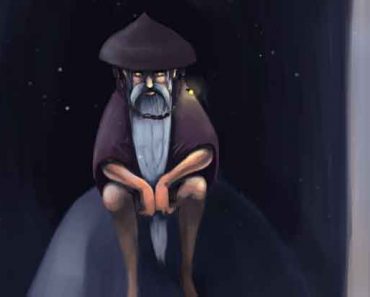
This section contains legends, myths, and studies on the folkloric beings of the Philippine archipelago. These beings have been popularly classified as the “creatures of Philippine lower mythology.” In many cases, some of these beings are still living beliefs. Please use the site search function to look up specific folkloric beings and attributes.
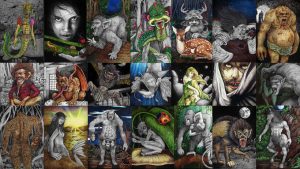
Check out our “Compendium Of Creatures & Mythical Beings From Philippine Folklore & Mythology”

Have you ever wondered why children are often reminded by their parents and older relatives to say “tabi tabi po” whenever they walk near anthills
Read more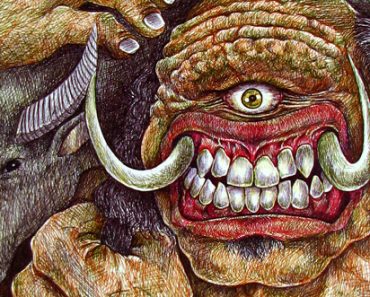
A Cyclops, in Greek mythology and later Roman mythology, was a member of a primordial race of giants, each with a single eye in the
Read more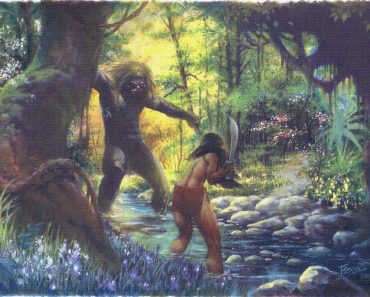
They are among the characters you stumble upon in legends and fairy tales. They come in all forms such as the villain or the comedic
Read more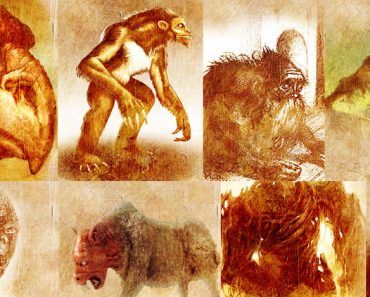
Cryptozoology is the study of creatures whose existence has yet to be—or else cannot entirely be—proved or disproved by science. These creatures are known collectively
Read more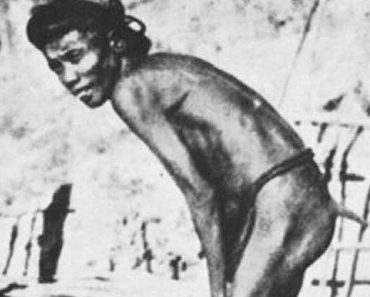
The fateful meeting of “civilized” and primitive factions in the world during the Age of Discovery forced an escalation of the Western ideals of progression. Among the lands that
Read more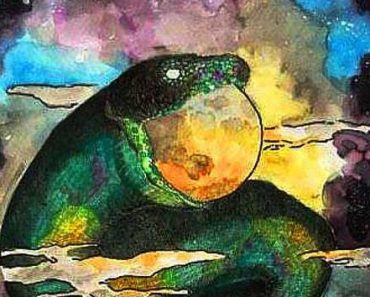
‘Laho’ means eclipse, ‘naglaho’ means to swallow without a trace. It is the Tagalog name for the serpent that swallows the moon, corresponding to other moon-eater
Read more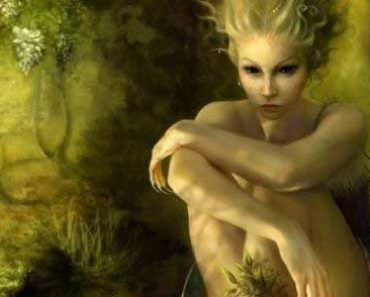
Banwaanon, meaning ‘of the forest’, are sometimes called Katsila from ‘Castilian’ (shortened to kastila) meaning Spaniard. They are said to have Caucasian features and coloring. The legend is
Read more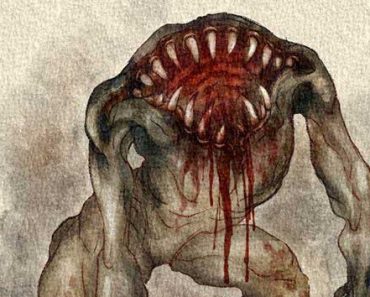
PUGOT MAMU Next to the aswang, the Pugot Mamu may be the most well-known Philippine boogeyman from the Pampanga region. It is a headless being, like
Read more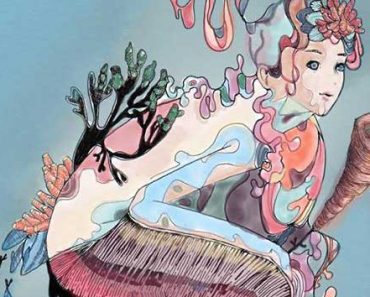
Bikolano myths paint the Magindara in extremes; they are either said to be guardian deities of Bikolano fishermen, or “aswang ng dagat” who will eat
Read more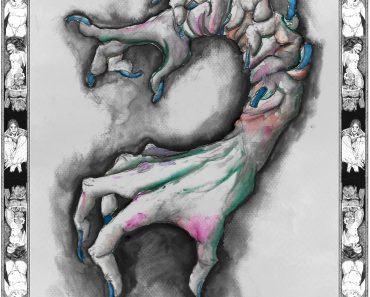
The Nangangatok are usually invisible spirits that are harbingers of terrible things to come. People are advised to peek through the window first when someone knocks
Read more
